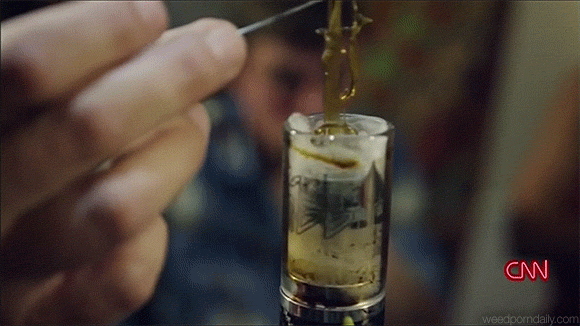(LiveScience) The city of Denver will soon allow people to smoke or consume marijuana in some bars and restaurants, thanks to the passage of a new initiative in the 2016 election. The new law, called Initiative 300, mandates a four-year pilot plan in the city that allows bar and restaurant owners to apply for permits to allow marijuana use on their premises. Users won't be able to smoke indoors, but they will be able to smoke in outdoor areas. They'll also be able to vape marijuana(using electronic cigarettes) or consume marijuana edibles on properties with permits. However, restaurants and bars won't be able to sell marijuana, so the rules will by BYOP — bring your own pot. One thing Denverites won't have to worry about much with the new law is getting a secondhand high. That's not because marijuana can't cause "contact highs." Research suggests that, in some extreme situations, it can. But this depends on the room ventilation and the strength of the pot smoked. A series of studies conducted at the Johns Hopkins School of Medicine put nonsmokers in a closed plexiglass room with six smokers puffing away at joints containing either 5.3 percent THC (tetrahydrocannabinol, the psychoactive ingredient in pot) or 11.3 percent THC. Previous research on secondhand effects had mostly used fairly weak weed, the researchers wrote in the Journal of Analytical Toxicologyin 2015, which isn't a good representation of the increasingly concentrated pot being sold today. A study of seized illegal pot published in February 2016 found that the average strength of marijuana has increased from about 4 percent THC in 1995 to about 12 percent in 2014. The Johns Hopkins researchers found that an hour of exposure to high-THC pot in no ventilation caused detectable THC in nonsmokers' urine, peaking within 2 to 11 hours after exposure. Lower, but still detectable, levels were found when nonsmokers were exposed to low-THC pot without ventilation or high-THC pot with ventilation. In a follow-up analysis drugandalcoholdependence.com/article/S0376-8716(1500160-X/abstract text: published in the journal Drug and Alcohol Dependence in 2015), the same researchers found that nonsmokers who were exposed to marijuana in unventilated rooms had increased heart rates, and that the secondhand smoke caused a mild to moderate sedative effect and impaired their performance slightly on some cognitive tasks. However, when nonsmokers were exposed to marijuana smoke in ventilated areas, they did not show any of these effects. Rather, what worries health experts are other compounds in marijuana smoke or vapor. Smoke from people using marijuana on rooftop patios or in outdoor smoking sections could affect those in neighboring buildings or passersby, Bialick told Live Science. However, initial investigations suggest that the vapor from e-cigarettes may be dangerous for health. A 2014 study on e-cigarettes found that their vapors contain ultrafine particles that can become lodged deep in the lungs of people exposed to secondhand smoke. A separate studyreleased the same year found higher levels of nicotine in the air of homes of e-cigarette users than in homes where no one smoked or vaped tobacco; the researchers also found that people who were exposed to secondhand tobacco smoke and to secondhand tobacco vapor had similar levels of a biomarker for nicotine exposure in their saliva.
Cannabis News Featured Weeducation
Denver to Allow Marijuana in Bars: What's the Health Impact?
on November 19th, 2016

